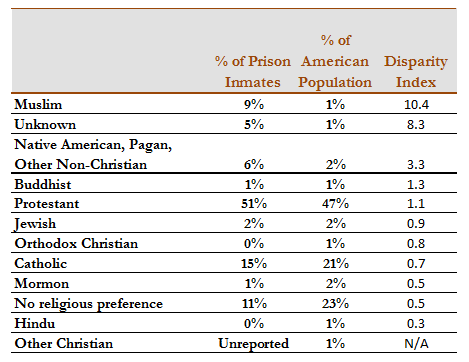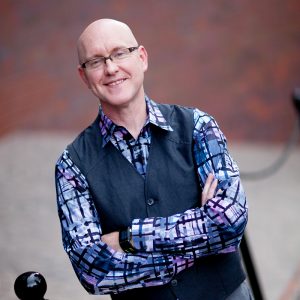Does Prison Make People Find Religion?
10/20/15 / Kevin Raines
We recently pondered prison and religious beliefs here at Corona, so we went poking around for data on the subject. We found a Pew Forum survey of prison chaplains where they estimated the religious affiliation of prison inmates here: http://www.pewforum.org/2012/03/22/prison-chaplains-perspectives/. We then compared those proportions to the proportions of religions in the general population, also estimated by the Pew Forum and found here: http://www.pewforum.org/2015/05/12/americas-changing-religious-landscape/.
What we found was interesting. On the surface, a look at religious affiliations shows that some religions are strongly overrepresented in prison while others are at least modestly underrepresented.

Some of the figures probably aren’t consistent since the two studies used some different classifications, so we recognize, for instance, that “other non-Christian” religions may be overreported in prisons since that study included more subcategories. However, the results still show some broad patterns of interest. In particular, we see that Muslims are strongly overrepresented in prison populations compared to their presence in the general population, as are “other non-Christian” populations. This second disparity is due in large part to significant numbers of pagans and Native American spiritualists in prison.
In contrast, Catholics appear to be pretty adept at staying out of trouble.
Perhaps the most interesting element, though, is that fact that non-religious people (or at least religiously apathetic people) are much more common outside prison than inside prison. Are non-religious people more likely to stay out of trouble, or do people discover and embrace religion inside prisons?
There are a number of potential explanations. An obvious theory is that people enduring trials in their lives may embrace religion, particularly Islam or Protestantism or other religions that are overrepresented behind bars. Or perhaps religion is embraced nominally due to benefits or accommodations that can be extracted from the prison system. It could also be that the data collection method – surveys of chaplains – is biased because chaplains disproportionately see or remember religious inmates.
Regardless of the reason, it’s an interesting phenomenon to consider. Why do we see more religion behind bars than outside them?
